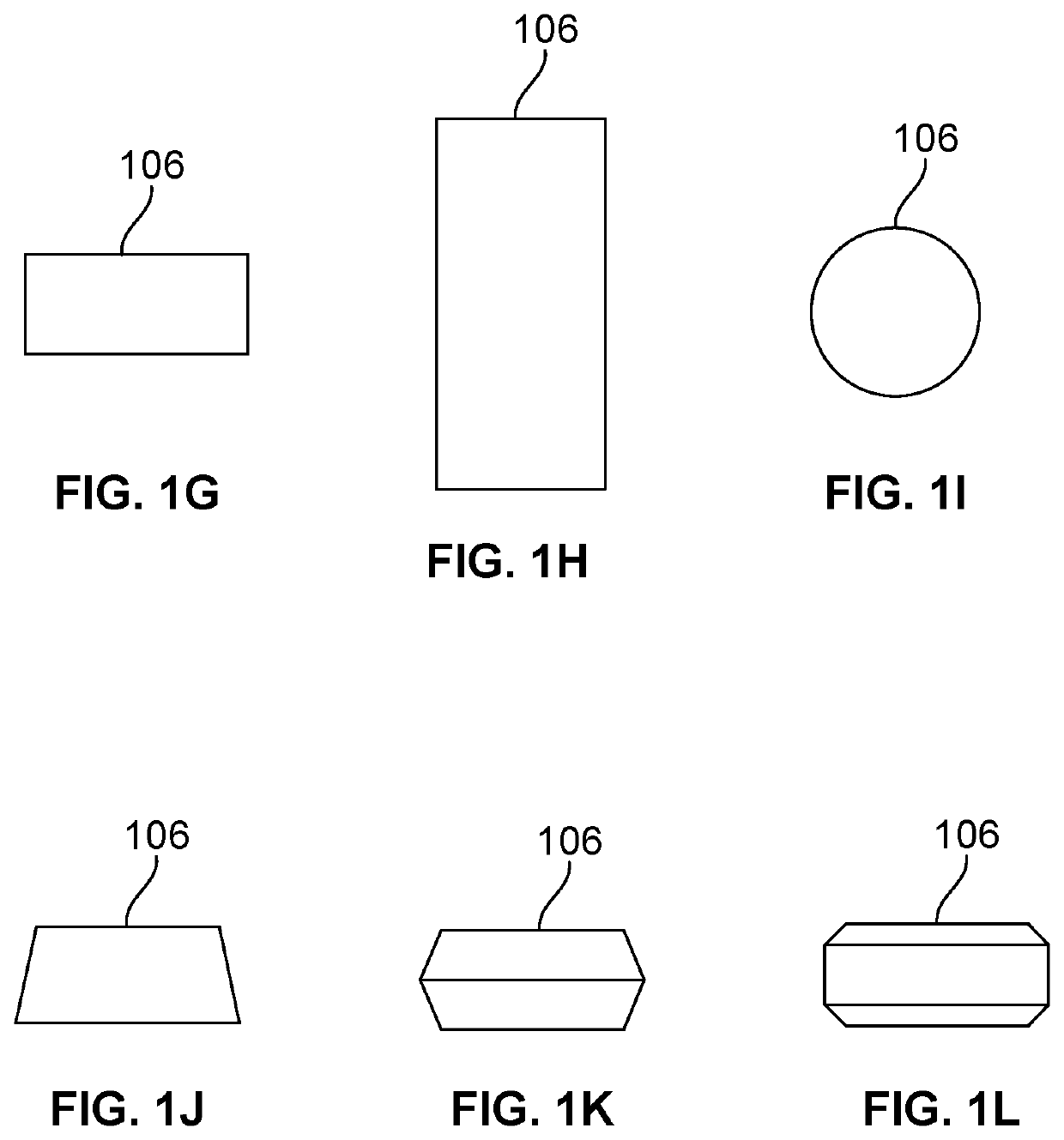Slab fillers and methods for implementing fillers in two-way concrete slabs for building structures
a filler and two-way concrete technology, applied in the field of slab fillers and, can solve the problems of lack of web shear resistance, lack of reinforcement, and waste of a lot of concrete, and achieve the effects of improving structural strength, reducing construction costs, and improving structural strength
- Summary
- Abstract
- Description
- Claims
- Application Information
AI Technical Summary
Benefits of technology
Problems solved by technology
Method used
Image
Examples
Embodiment Construction
[0082]A description of embodiments of the present invention will now be given with reference to the figures. It is expected that the present invention may be embodied in other specific forms without departing from its spirit or essential characteristics. The described embodiments are to be considered in all respects only as illustrative and not restrictive. The scope of the invention is, therefore, indicated by the appended claims rather than by the foregoing description. All changes that come within the meaning and range of equivalency of the claims are to be embraced within their scope.
[0083]The present invention generally relates to a slab filler, and more particularly relates to a slab filler and method for implementing fillers in a two-way concrete slab for building structures, bridge and foundation.
[0084]Waffle Slabs with non-permanent fillers can be mentioned as former technical systems. In this system, due to non-permanent filler, design strips were orthogonal “T” shaped rib...
PUM
| Property | Measurement | Unit |
|---|---|---|
| volume | aaaaa | aaaaa |
| size | aaaaa | aaaaa |
| size | aaaaa | aaaaa |
Abstract
Description
Claims
Application Information
 Login to View More
Login to View More - R&D
- Intellectual Property
- Life Sciences
- Materials
- Tech Scout
- Unparalleled Data Quality
- Higher Quality Content
- 60% Fewer Hallucinations
Browse by: Latest US Patents, China's latest patents, Technical Efficacy Thesaurus, Application Domain, Technology Topic, Popular Technical Reports.
© 2025 PatSnap. All rights reserved.Legal|Privacy policy|Modern Slavery Act Transparency Statement|Sitemap|About US| Contact US: help@patsnap.com



